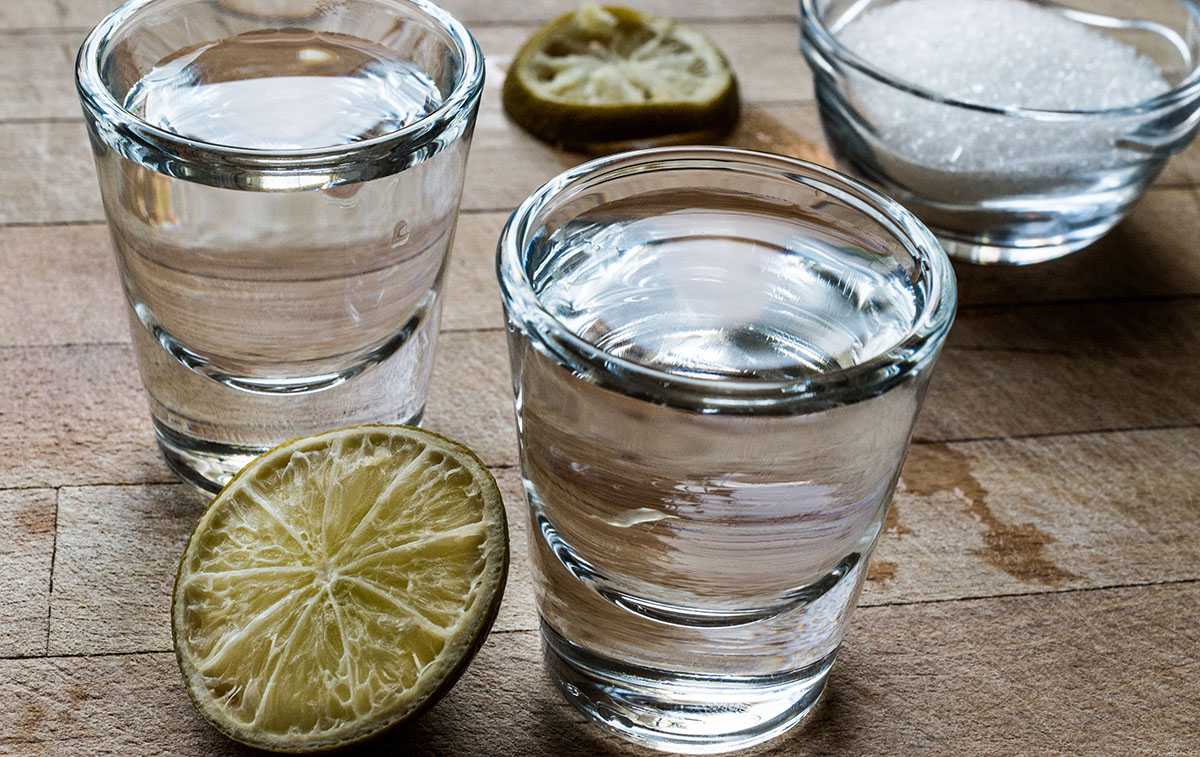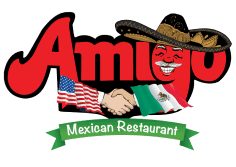News

Chattanooga Mezcal and Tequila Bar
Tequila or Mezcal? Know the Difference for Happy Hour Chattanooga
A staple at our Chattanooga mezcal and tequila bar during Happy Hour is a Tequila cocktail. Any Mexican bar or restaurant will have some variation of cocktails with Tequila as the main ingredient on the menu. Drinks like a margarita, a Bloody Mary or a Tequila Sunrise are standard. We celebrate this great spirit as we near National Tequila Day on July 24th.
Another choice gaining ground in American bars and restaurants is Mezcal. Mezcal and Tequila are often confused for each other, so what makes them unique?
What is the difference between Tequila and Mezcal?
Both drinks are made from the harvested core of the agave plant, otherwise known as the “piña.” However, the two spirits are characterized by more differences than similarities. Think of it the same way in which Bourbon and Scotch share the category of whiskey. You may love one and hate the other because of variations in taste.
Geography also matters. Just as Bourbon is a whiskey associated with Kentucky (where 95 percent of it is made) and Scotch whiskey was originally made in Scotland, tequila and mezcal come from different regions of Mexico. There’s a town in Jalisco named Tequila. Spirits Writer John McEvoy explained to Food & Wine magazine that tequila is mass-produced in 5 places. Mezcal is a product made in nine parts of the country. At Amigo, we bring in these agave-based drinks from Mexico to serve at our Chattanooga mezcal and tequila bar.
Another spirits writer, Chris Tunstall, said the most common agave used for mezcal are tobalá, tobaziche, tepeztate, arroqueño and espadín.
How do Tequila and Mezcal differ?
The differences don’t stop there. The two drinks are distilled differently.
Industrial ovens steam the agave before distillation in copper pots to create tequila. Lava rock pits dug into the ground and filled with wood and charcoal typically cook the agave to create mezcal. Distilling the drink in clay pots produces its characteristic smokiness.
After distillation, both drinks end up in oak barrels for varying periods of aging. The barrels are labeled for different varieties of the drinks based on the preferred length of aging. Tequila, for example, comes in three varieties: blanco (silver or plato/0-2 months), reposado (2-12 months), and anejo (1-3 years). Mezcal is also grouped as joven (blanco or abacado/0-2 months), reposado (2-12 months) and anejo (at least one year).
We don’t expect anyone to come up to our Chattanooga mezcal and tequila bar and order an “abacado mezcal”, but hey, at least you can now that you know what it is and say it if you want to impress your date.
Fun fact: The term mezcal used to refer to any spirit distilled from fermented agave. The government eventually got involved and changed the phrase from a category of spirits to something more specific.
“Tequila was originally called vino de mezcal de tequila — or the wine of the mezcal from the community of Tequila (in Jalisco),” explained Lou Bank of SACRED Agave, a nonprofit that promotes the rural Mexican communities where mezcal is made. The word mezcal comes from the Nahuatl words metl and ixcalli, which taken together mean “oven cooked agave.”
Another fun fact about Mezcal: Some producers avoid the variation of the word spelled “mescal” to avoid being mistaken for some derivative of mescaline.
Mezcal vs Tequila: What’s the Difference?
Some of the more commonly available brands of mezcal available in the US include Del Maguey Chichicapa, El Jolgorio Tepeztate, Rey Campero Tepextate, Ilegal Mezcal Reposado, Mezcal Vago Olla De Barro Tobala, Montelobos Mezcal Joven.
If you’re now torn between ordering tequila or mezcal in your margarita at our Chattanooga mezcal and tequila bar, we suggest ordering one of both. Then more. You know, to be sure you can tell a difference! Besides, who’s counting when you can get 2 for 1?

